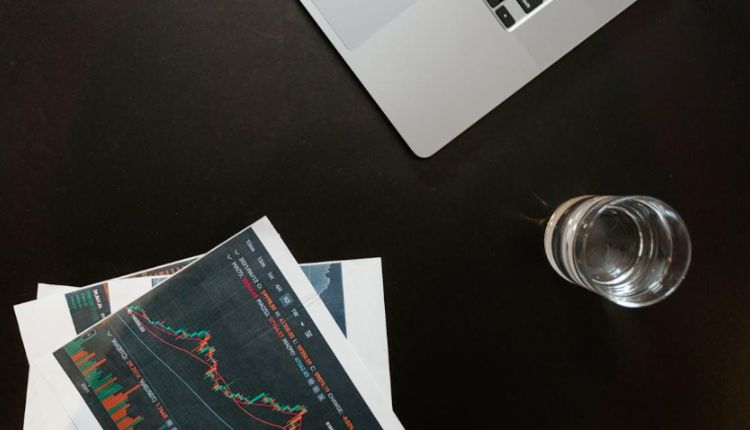Getting started in trading can feel like learning a new language. You have charts, orders, and a lot of new terminology to pick up. MetaTrader 4 is a popular platform that brings all these elements together, giving you the tools needed to place and manage trades.
This piece will show you the essentials of the platform, helping you take those first steps with a bit more confidence.
Set Up the Platform
Your first step is to get the software installed. You will need to download the platform from a provider and follow the installation instructions. Once installed, you will be prompted to open either a live or a demo account.
A demo account is a great place to begin because it lets you practice with virtual money, so there is no financial risk while you learn. The setup process is straightforward and typically involves filling out a simple form and verifying your email.
Get to Know the Interface
When you first open MetaTrader 4, you might see a lot happening on the screen. Let’s break down the main windows. The Market Watch window on the left lists various currency pairs with their bid and ask prices.
Below that is the Navigator window, which gives you quick access to your accounts, indicators, and expert advisors. The largest section is the Chart Window, where you can see the price movement of an asset. At the bottom, the Terminal window shows your open trades, trade history, and account balance. Spending time just looking around these windows will help you get comfortable.
Place Your First Trade
Ready to make a move? To place a trade, you can right-click on a chart or a currency pair in the Market Watch window and select ‘New Order’. An order window will pop up. Here, you will choose the currency pair, the volume (or trade size), and set your Stop Loss and Take Profit levels.
Once you have filled in the details, you can select ‘Sell by Market’ or ‘Buy by Market’ to execute the trade instantly. Your open position will then appear in the Terminal window.
Master Order Types
Beyond instant execution, there are pending orders that you can use. These orders are instructions to open a position once the price reaches a specific level. The four main types are Buy Limit, Sell Limit, Buy Stop, and Sell Stop.
A limit order is placed to buy below the current market price or sell above it, expecting the price to reverse. A stop order is placed to buy above the current price or sell below it, expecting the trend to continue. Using these can help you automate your trading strategy.
Chart Analysis Basics
Charts are your window into market behavior. MT4 offers three types of charts: line, bar, and candlestick. Candlestick charts are the most popular because they provide a lot of information at a glance, showing the open, high, low, and close prices for a specific period.
You can also change the timeframes of the charts, from one minute to one month, to analyze price action over different durations.
Using Indicators and Tools
The platform comes with a wide array of technical indicators and drawing tools to help you analyze the markets. Indicators like Moving Averages and the Relative Strength Index (RSI) can be applied directly to your charts to help identify trends and potential reversal points.
Drawing tools, such as trendlines and Fibonacci retracements, allow you to mark up charts to find support and resistance levels. You can add these from the Navigator window.

